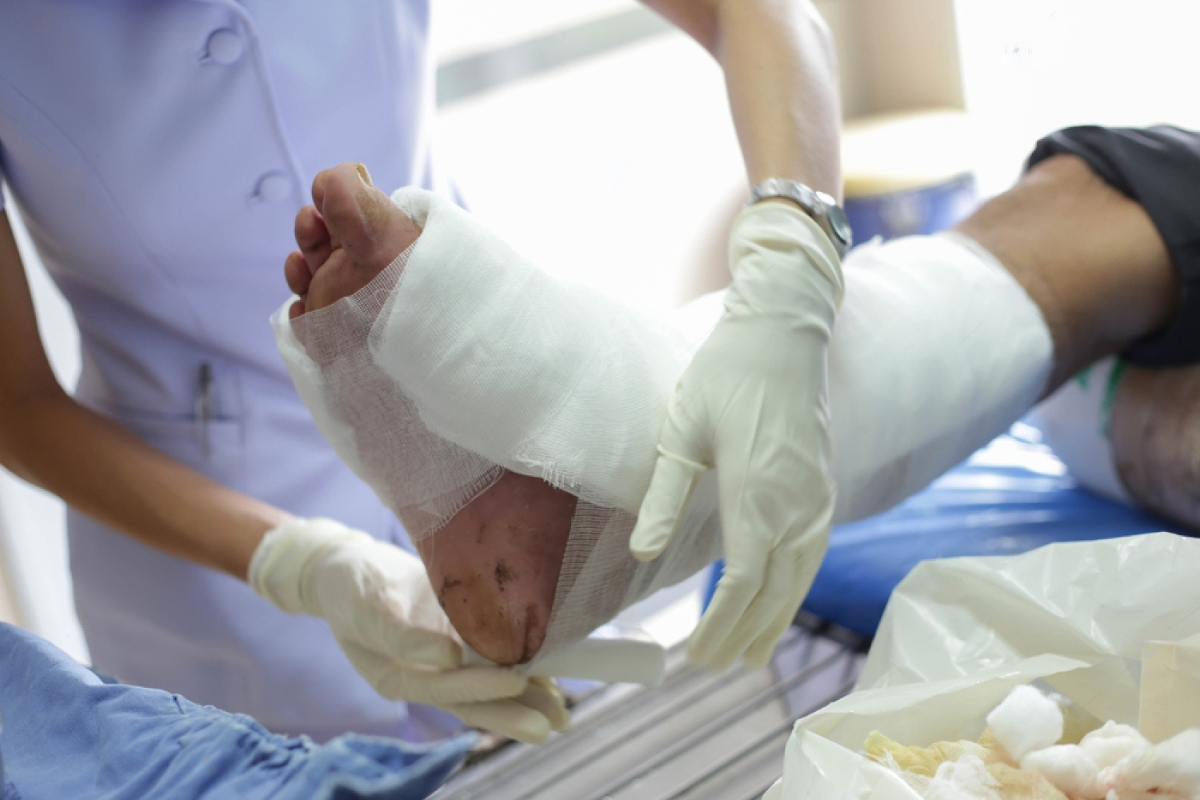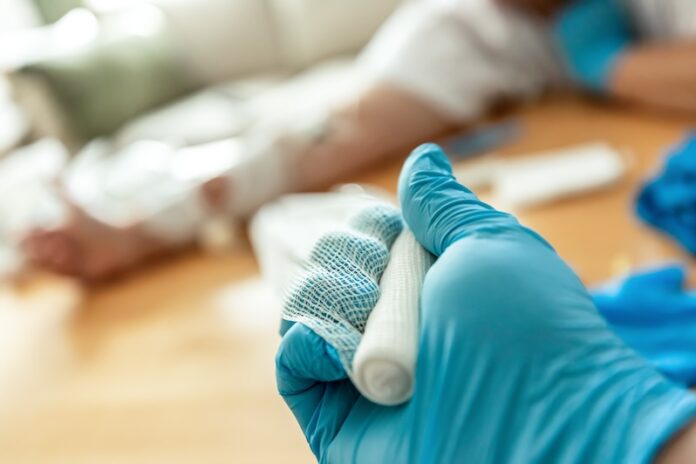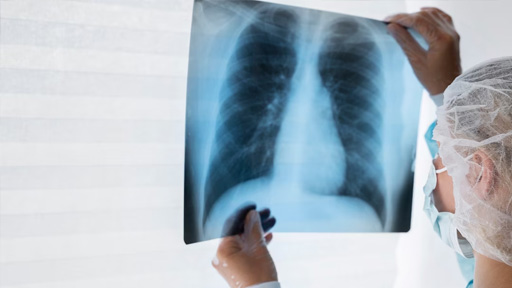Understanding Infected Wounds in Orthopedics
Infected wounds are a serious medical concern that requires timely and specialized care, especially when they occur in orthopedic cases involving bones, joints, or surrounding tissues. Unlike minor cuts or scrapes, infected wounds in orthopedics often result from surgical procedures, fractures, or injuries that expose deeper structures to bacteria. These infections are not just superficial; they can quickly spread to bone or joint spaces, making them harder to treat. Patients may notice signs such as persistent redness, swelling, warmth, discharge of pus, or a foul odor from the wound. Fever and delayed healing are also common indicators that the infection is more than skin-deep. Left untreated, these infections can become life-threatening, underscoring the need for proper orthopedic care. Recognizing the early warning signs is the first step in ensuring recovery and preventing long-term complications.
Why Infected Wounds Require Specialized Orthopedic Care
When infections take hold in orthopedic wounds, they demand more than general wound care. Orthopedic infections have the potential to damage bones, joints, and implants used during surgery, leading to chronic pain, disability, or even systemic infections like sepsis. The presence of orthopedic hardware such as screws, rods, or plates can make treatment more complex, as bacteria often form biofilms that resist antibiotics. Unlike standard wound infections that may heal with simple cleaning and antibiotics, orthopedic wound infections require a specialist’s understanding of bone health and musculoskeletal systems. Orthopedic doctors are uniquely trained to assess whether the infection has spread to deeper tissues or bones and to create a treatment plan that preserves both mobility and long-term function. Their expertise reduces the risk of severe complications such as osteomyelitis, which is a dangerous bone infection. For patients, seeking specialized orthopedic treatment for infected wounds provides reassurance that every layer of the problem is being addressed with precision.
Diagnostic Methods in Orthopedic Treatment for Infected Wounds
Accurate diagnosis is the cornerstone of effective orthopedic treatment for infected wounds. A physical examination by an orthopedic specialist helps determine whether the infection is superficial or if it involves deeper tissues. Doctors typically evaluate the size, color, odor, and drainage from the wound while also checking for systemic symptoms like fever or fatigue. Imaging studies such as X-rays, MRI scans, and CT scans are critical in revealing whether the infection has reached the bones or surrounding structures. Blood tests often provide additional insights, as elevated white blood cell counts or inflammatory markers indicate the body’s fight against infection. Wound cultures are another key step because they help identify the exact bacteria responsible for the infection, allowing doctors to choose the most effective antibiotic treatment. In some cases, multiple diagnostic tools are combined to create a full picture of the patient’s condition. Without proper diagnostics, treatment can be misdirected, which is why thorough assessment is vital for long-term healing.
Non-Surgical Approaches to Managing Infected Wounds
Not all infected wounds require surgical treatment, especially when detected early. Non-surgical management often begins with careful cleaning of the wound using antiseptic solutions to remove bacteria and debris. Proper dressing changes are critical, as they protect the wound from further contamination while promoting a moist environment that aids healing. Antibiotics play a central role, and doctors decide whether oral medications or intravenous therapies are best depending on the severity of the infection. In certain situations, negative pressure wound therapy (NPWT) may be used, which involves a vacuum-assisted device that removes excess fluid and promotes blood flow to the area. Pain management and controlling swelling are also integral parts of non-surgical care, ensuring patient comfort during recovery. These strategies often work well for early-stage infections, preventing the spread into deeper layers of tissue or bone. However, close monitoring is essential, as delays in recognizing worsening infection can lead to the need for surgical intervention.
Surgical Options for Severe or Chronic Infected Wounds
When infections progress beyond the reach of conservative care, surgical methods become necessary. One of the most common procedures is debridement, where surgeons remove infected or dead tissue to create a cleaner environment for healing. In cases where there is significant tissue loss, skin grafts or flaps may be required to cover exposed areas and support recovery. If orthopedic implants such as plates or screws are involved in the infection, doctors may need to remove or replace them to eliminate bacterial biofilms that resist antibiotics. Some severe infections demand reconstructive surgeries to restore both function and appearance, especially if bones or joints have been affected. These procedures are often followed by targeted antibiotic therapies, administered directly into the bloodstream or even into the affected area. Surgical intervention is more invasive, but it can be life-saving when infections risk spreading to other parts of the body. Patients undergoing surgical treatment often require extended rehabilitation to regain full strength and mobility.
Rehabilitation and Recovery After Orthopedic Treatment
Recovery from infected wounds in orthopedics does not end after the infection is treated; rehabilitation is just as critical. Physical therapy plays a key role in helping patients restore strength, flexibility, and function in the affected area. Gentle exercises, under professional guidance, prevent stiffness and support circulation, which aids healing. Nutrition is another vital component, as adequate protein, vitamins, and minerals accelerate wound repair and overall recovery. Doctors closely monitor healing progress, scheduling regular follow-up visits to ensure the infection has not returned. Psychological support is often overlooked but equally important, as patients dealing with chronic infections may experience frustration, stress, or depression. Rehabilitation is designed not only to restore physical function but also to rebuild confidence in daily life. With a combination of physical therapy, proper nutrition, medical monitoring, and emotional support, patients can achieve a more complete recovery after orthopedic treatment for infected wounds.
Preventing Infections After Orthopedic Surgeries or Injuries
While treatment options are effective, prevention is always the best approach. Preventing infections starts even before surgery, with strict sterilization techniques in the operating room and careful preparation of the surgical site. Patients are often given prophylactic antibiotics before and after surgery to minimize the risk of infection. After surgery, proper wound care at home becomes essential, including keeping the wound clean, changing dressings as directed, and avoiding activities that could stress the healing site. Follow-up appointments with orthopedic specialists ensure that early signs of infection are not overlooked. Patients with underlying health conditions like diabetes should take extra precautions, as poor blood sugar control can delay healing and increase infection risk. Lifestyle changes such as quitting smoking and maintaining good nutrition also improve recovery outcomes. By following preventive strategies, patients can significantly reduce the risk of infections and enjoy smoother healing journeys.
The Role of Multidisciplinary Care in Orthopedic Wound Management
Orthopedic treatment for infected wounds often requires a team-based approach. Orthopedic surgeons focus on the structural aspects of bones and joints, but they frequently work alongside infectious disease specialists to select the best antibiotics and strategies for bacterial control. Wound care nurses play an essential role in daily wound management, dressing changes, and patient education. Physical therapists support recovery by helping patients regain strength and mobility after treatment. Nutritionists may be consulted to ensure the patient’s diet supports the healing process, especially when recovery is prolonged. This collaborative approach ensures that no aspect of care is overlooked and that the patient benefits from comprehensive treatment. Multidisciplinary care has been shown to improve recovery times, reduce the risk of recurring infections, and enhance long-term health outcomes. Patients who experience coordinated care often report feeling more supported and confident during their healing process.
Frequently Asked Questions (FAQ)
What is the difference between a minor wound infection and a deep orthopedic infection?
Minor wound infections usually affect only the skin and can often be treated with antibiotics and cleaning. Deep orthopedic infections, however, involve bones, joints, or implants and require specialized treatment.
How long does it take for an infected wound to heal with orthopedic treatment?
Healing time varies depending on severity. Minor infections may resolve in weeks, while deep infections can take several months of treatment and rehabilitation.
Can infected wounds heal without surgery?
Some early-stage infections respond well to antibiotics and wound care, but deeper or chronic infections often require surgical procedures for full recovery.
Are there long-term complications if an orthopedic wound infection isn’t treated promptly?
Yes. Untreated infections can lead to osteomyelitis, permanent disability, or even life-threatening systemic infections like sepsis.
What should patients do if signs of infection appear after surgery?
Patients should immediately contact their orthopedic surgeon or healthcare provider. Delays in seeking care can allow the infection to spread and worsen.






